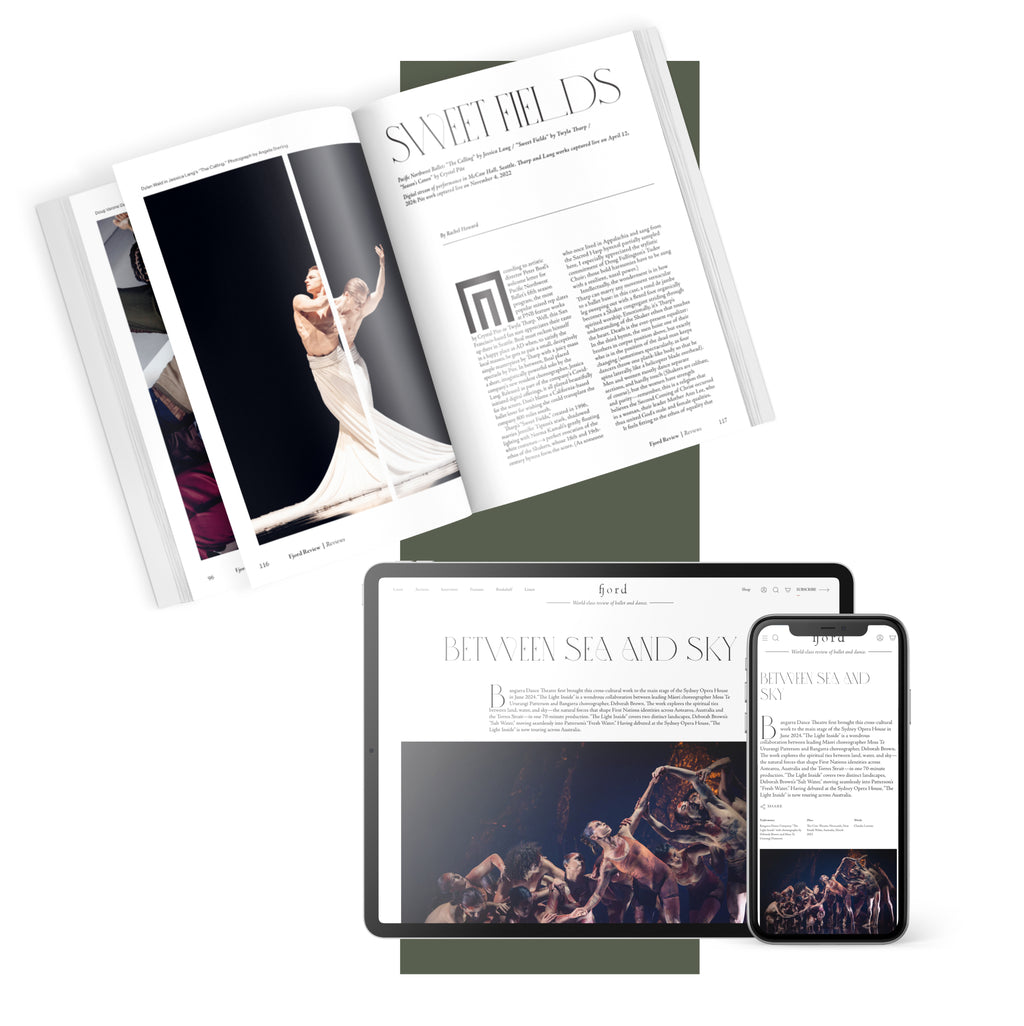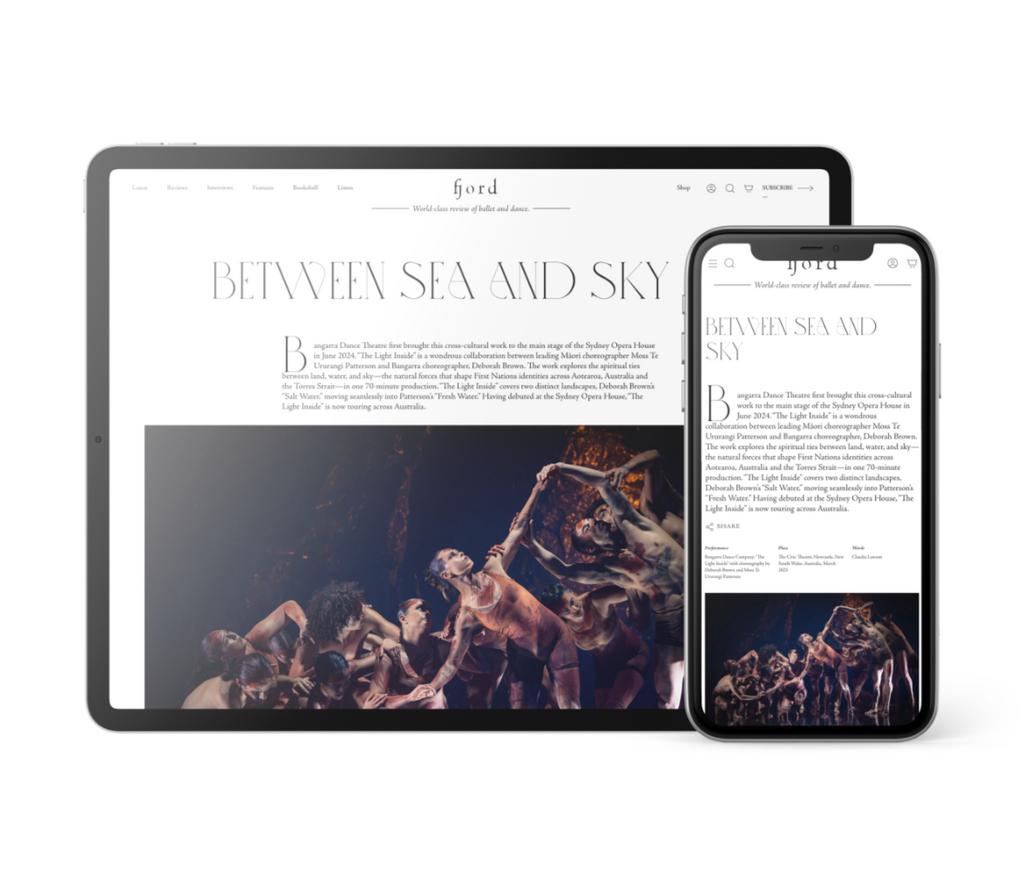But seeing “Manon” up close, I was more or less converted: the layered nuances of every scene can be tracked, marveled at, and engrossingly understood. Adapted by MacMillan from Abbé Prévost’s 1731 novel (and not from either Massent or Puccini’s opera versions) “Manon” is a psychological study of how a woman dependent on men for economic security and social status dissociates in order to survive this selling of her soul. The character type is certainly eternal, running from Madame Bovary to Melania Trump. (Or to experience a heartbreaking female writer’s view of trading security for sex, read Jean Rhys’s novel Voyage in the Dark.) Of course, it isn’t mere lust for luxury that maneuvers a person into such a compromised position but a constellation of forces, and “Manon” burdens its heroine with one especially creepy factor in her demise: Her own brother. By the end of Act One, when Manon starts off thinking she’ll seek shelter in a convent, her brother Lescaut has intervened and arranged some pay-for-play first with an old codger, then with the type of young rich asshole you might find at Mar-a-Lago. Trouble is, Manon has meanwhile bumped into—and run away with—an innocent yet hunky young theology student, Des Grieux. Ah, well, the brother will just have to follow them to the bed chambers and talk his sister back into the more profiteering match.
Rojo, one of the role’s many vaunted interpreters, has admitted her “controversial opinion” that the naive young Des Grieux is most to blame in the story because he stubbornly believes, in his pious self-righteousness, that he can force Manon to be above it all; Max Cauthorn’s performance in the role opening night richly supported this theory. A San Francisco Ballet School-trained phenom of calm control, Cauthorn has an eternal baby face that makes him born for the role. He was exquisite in MacMillan’s devilishly difficult choreography, especially the exposed solos, balancing like a tightrope walker with textbook perfect placement. His Manon, the rapidly rising new principal Jasmine Jimison, seemed fated to the ballet, too, wielding a ravishing musicality, soft arms, and an open, gently reactive face. (A friend commented that “she’s like Margot Fonteyn meets Celine Dion,” and though I can’t entirely explain the comment I think he’s not wrong.)
But the glue of this first cast was Cavan Conley as the brother Lescaut. Conley, somehow still only a soloist, is a clean, powerful dancer with a chameleon visage. In a Mark Morris caper he can be the sweetest goofball you ever saw, yet as Lescaut that same wide-eyed face telegraphed every arched eyebrow. Of all the casts I saw, Conley’s Lescaut seemed closest to Manon—you could imagine how they have needed each other as siblings from an early age—and the pas de trois when Lescaut literally wraps his sister around the brute with money was unforgettably sinister. (Due credit as well to Myles Thatcher as the tensely groin-clutching Monsieur.)












comments